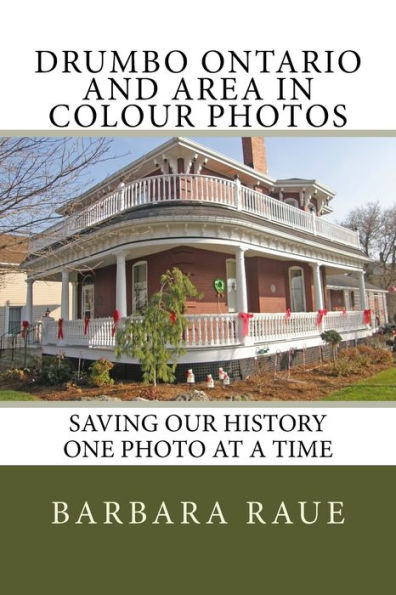Home
Thunder Bay, Ontario Book 2 (Port Arthur Book 2), in Colour Photos: Saving Our History One Photo at a Time
Barnes and Noble
Thunder Bay, Ontario Book 2 (Port Arthur Book 2), in Colour Photos: Saving Our History One Photo at a Time
Current price: $12.99


Barnes and Noble
Thunder Bay, Ontario Book 2 (Port Arthur Book 2), in Colour Photos: Saving Our History One Photo at a Time
Current price: $12.99
Size: OS
Loading Inventory...
*Product information may vary - to confirm product availability, pricing, shipping and return information please contact Barnes and Noble
The City of Thunder Bay has three histories. The twin cities of Fort William and Port Arthur were amalgamated in 1970. Thunder Bay's past is linked with the parallel but separate pasts of the two cities.Port Arthur was a city in Northern Ontario which amalgamated with Fort William and the townships of Neebing and McIntyre to form the city of Thunder Bay in January 1970.European settlement at Thunder Bay began with two French fur trading posts (1683, 1717) which were subsequently abandoned. In 1803, the Montreal-based North West Company established Fort William as its mid-continent post. The fort thrived until 1821 when the North West Company merged with the Hudson's Bay Company and Fort William was no longer needed.By the 1850s, the Province of Canada began to take an interest in its western extremity. Discovery of copper in Michigan prompted a Canadian national demand for mining locations on the Canadian shores of Lake Superior. Another settlement developed a few miles to the north of Fort William with it eventually being called Port Arthur.With Confederation in 1867, Simon James Dawson was employed to construct a road and route from Thunder Bay on Lake Superior to the Red River Colony. The depot on the lake, where supplies were landed and stored acquired its first name in May 1870. It was named Prince Arthur's Landing in honour of Prince Arthur, son of Queen Victoria who was serving with his regiment in Montreal.The arrival of the CPR in 1875 sparked a long rivalry between the towns, which did not end until the amalgamation of 1970. Until the 1880s, Port Arthur was a much larger and dynamic community. The CPR, in collaboration with the Hudson's Bay Company, preferred east Fort William, located on the lower Kaministiquia River where the fur trade posts were.Prospering from the CPR railway construction boom of 1882-1885, Port Arthur was incorporated as a town in March 1884, one year after acquiring its new name. The CPR erected Thunder Bay's and western Canada's first terminal grain elevator on the bay in 1883. The end of CPR construction along the north shore of Lake Superior and the CPR's decision to centralize its operations along the lower Kaministiquia River brought an end to Port Arthur's prosperity. Silver mining had been the mainstay of the economy for most of the 1870s. The silver mining boom of the 1880s came to an end with the passage by the U.S. Congress of the McKinley Tariff in October 1890. The town was in dire economic straits until 1897-1899 when the entrepreneurs William Mackenzie and Donald Mann acquired the Ontario and Rainy River Railway and the Port Arthur, Duluth and Western Railway, and chose Port Arthur as the Lake Superior headquarters for the Canadian Northern Railway. Port Arthur thrived as a trans-shipment and grain handling port for the CNR after the railway line was opened to Winnipeg in December 1901.


















